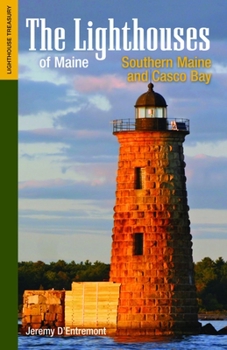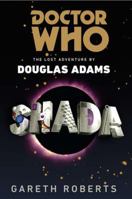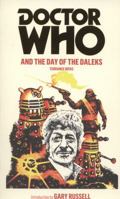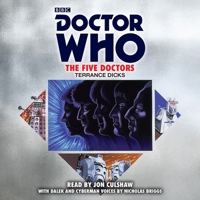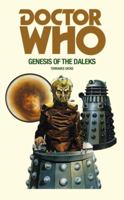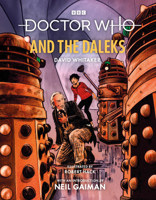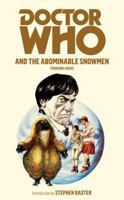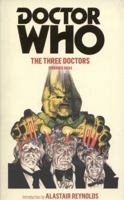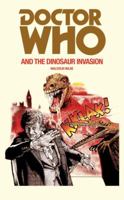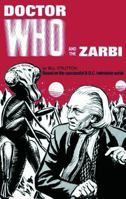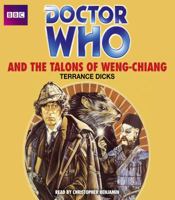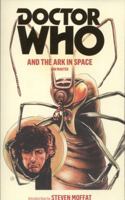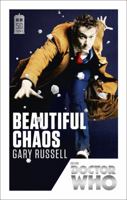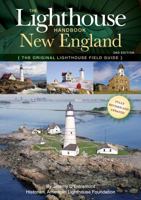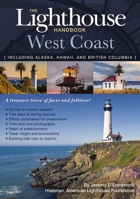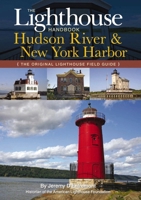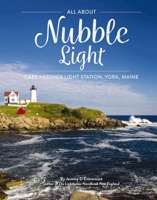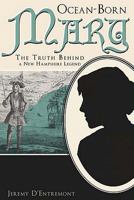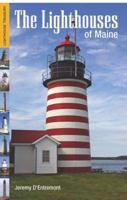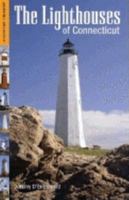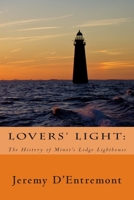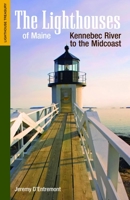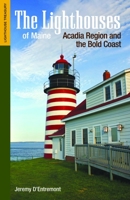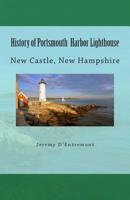The Lighthouses of Maine: Southern Maine and Casco Bay
New England's foremost maritime historian Jeremy D'Entremont continues his definitive series about the storms, shipwrecks, and heroic lighthouse keepers of the region with The Lighthouses of Maine: Southern Maine and Casco Bay. Eleven lights are detailed here, beginning with Whaleback Light, which marks the entrance to Portsmouth, New Hampshire Harbor (it is in Maine waters by a few hundred feet) to Halfway Rock Light, located out in Casco Bay, eight miles east of the entrance to Portland Harbor. Each chapter features a treasury of historic photos and all the stories of the keepers, the storms they battled, and the wrecks they tried valiantly to save.
Format:Paperback
Language:English
ISBN:1938700104
ISBN13:9781938700101
Release Date:July 2013
Publisher:Commonwealth Editions
Length:152 Pages
Weight:0.44 lbs.
Dimensions:0.3" x 5.5" x 8.5"
You Might Also Enjoy
More by Jeremy D'Entremont
Customer Reviews
5 customer ratings | 5 reviews
There are currently no reviews. Be the first to review this work.









